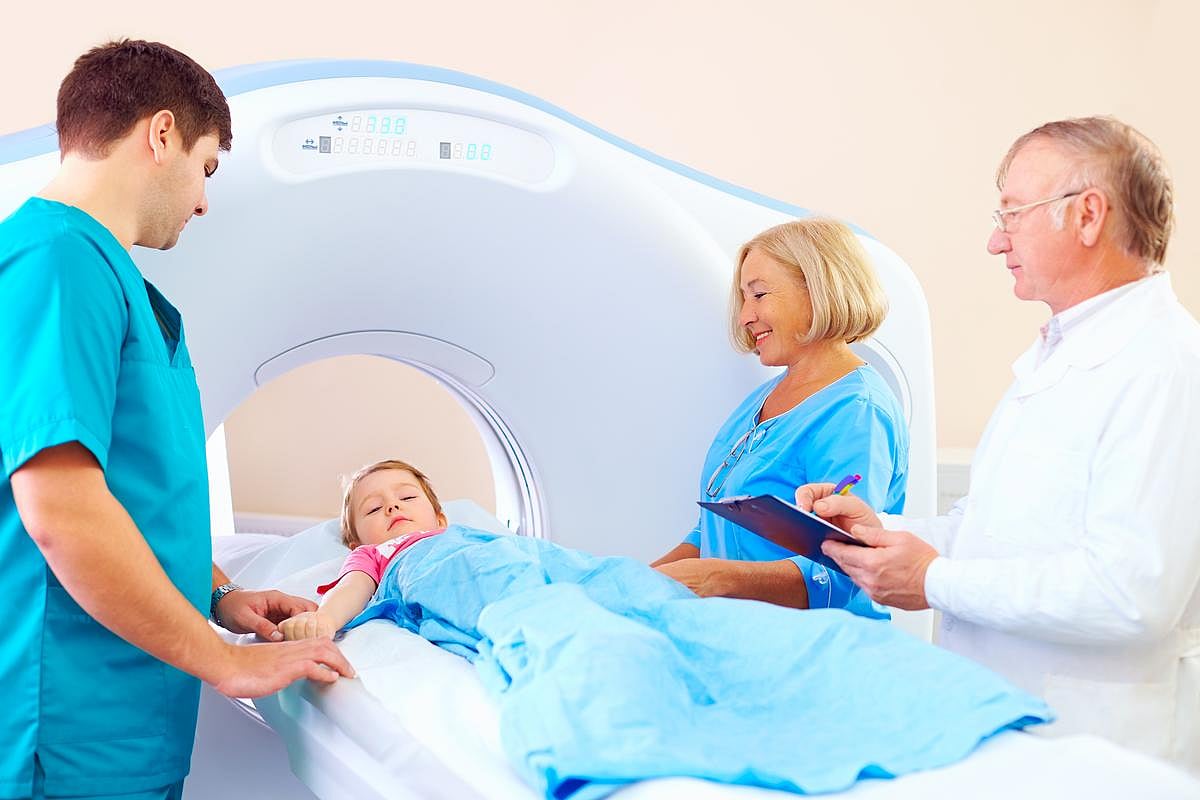Get Healthy!

- Posted September 22, 2025
Childhood Blood Cancers Linked To Radiation From Medical Imaging Scans
Children might be at greater risk from blood cancers due to radiation exposure from medical imaging, a new study says.
About 1 in every 10 cases of pediatric blood cancer may be due to radiation from imaging scans, researchers reported Sept. 17 in the New England Journal of Medicine.
“While medical imaging can be lifesaving, our findings underscore the critical need to carefully evaluate and minimize radiation exposure during pediatric imaging to safeguard children’s long-term health,” lead researcher Dr. Rebecca Smith-Bindman, a radiologist with the University of California-San Francisco, said in a news release.
“This involves ensuring that imaging is performed only when it provides essential information for the child’s care and, in cases such as CT scans, using the lowest possible radiation doses,” Smith-Bindman added.
Radiation is a known carcinogen, and children are particularly susceptible because they are more sensitive to radiation compared to adults and have a longer life expectancy, researchers noted.
For the study, researchers tracked the health of 3.7 million children born between 1996 and 2016 and treated at six health care systems in the U.S. and Canada. Among the children, nearly 3,000 blood cancers were diagnosed during the study period.
The results showed a significant relationship between a child’s cumulative radiation exposure and their risk of cancers of the blood, bone marrow, lymph nodes and lymphatic system.
The risk of cancer varied significantly based on the type of scan, researchers said.
CT scans pose significant radiation exposure, since they involve a series of many X-rays that are combined to create a detailed image, though they can also help to diagnose a possible life-threatening condition, such as hemorrhage, blood clots or cancer, according to National Institute of Biomedical Imaging and Biomedical Engineering.
On the other hand, simple X-rays using single images to diagnose broken bones or pneumonia expose children to much lower doses.
Children who underwent a head CT scan — the most common CT target —constituted about a quarter of the blood cancers associated with radiation exposure, researchers said.
Getting one or two head CTs increased a child’s risk of a cancer diagnosis by 80%, and this rose to a more than tripled risk for kids who received more cans, results show.
On the other hand, X-ray imaging contributed to only a small fraction of blood cancers related to radiation exposure, researchers found.
Overall, up to 10% of blood cancers in children and teens could be prevented by reducing unnecessary imaging and lowering radiation doses, researchers estimated.
They suggested that imaging scans that don’t involve radiation, such as ultrasound or MRI, might serve as effective replacements.
“This study provides robust, directly observed evidence of a clear dose-response relationship between radiation from medical imaging and hematologic malignancy risk in children and adolescents,” senior researchers Diana Miglioretti, chief of biostatistics at the University of California-Davis, said in a news release.
“Our findings align with international research highlighting that children are especially radiosensitive,” Miglioretti added. “It’s crucial for clinicians to weigh the immediate benefits of imaging against potential long-term health risks and to optimize imaging protocols to minimize radiation exposure.”
More information
The International Atomic Energy Agency has more on children and radiation.
SOURCE: University of California-San Francisco, news release, Sept. 17, 2025









